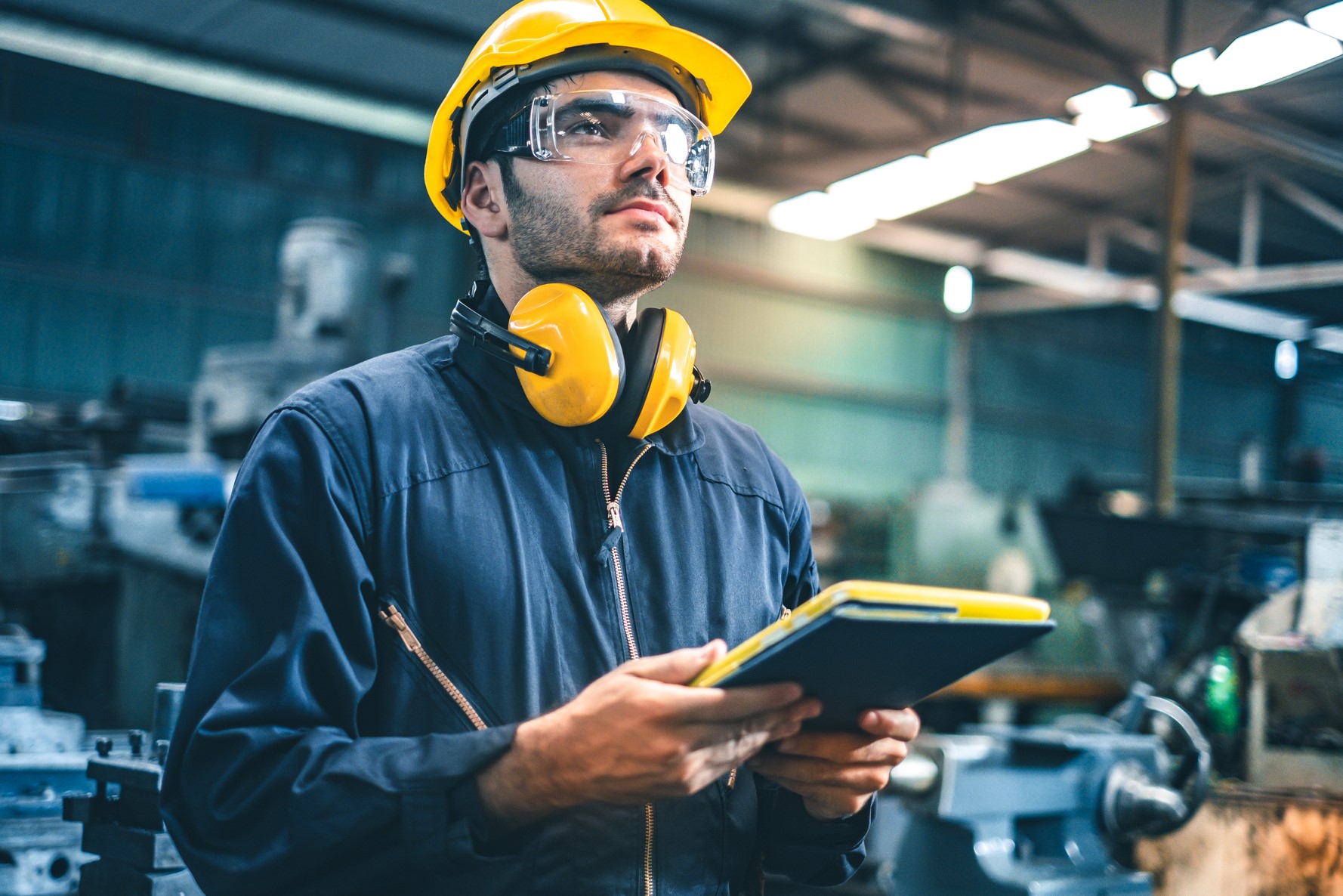
In response to increasing regulatory demands for machine safety, a compliance safety audit according to the EN ISO 12100:2012 standard has become crucial for industrial enterprises. Specializing in comprehensive audit services, our company ensures compliance with the Machinery Directive 2006/42/EC and the aforementioned standard. Through our audits, our clients’ machines not only meet all legal requirements but also provide enhanced user safety and operational efficiency.
Definition and Purpose of a Safety Audit
A safety audit is a detailed assessment process that allows for the identification and evaluation of potential hazards associated with machines and production processes. Our activities focus on the methodology outlined in the EN ISO 12100:2012 standard, which involves systematic analysis, assessment, and risk reduction. The audits are designed not only to identify non-compliances but, most importantly, to ensure that machines are safe to use and fully compliant with applicable standards.

Safety Audit: Clientele and Application of Services
Audit services are invaluable for industries such as heavy manufacturing, food production, and automotive, particularly when new production lines or machines are introduced. They are also essential for engineering firms and machine manufacturers seeking to confirm their products’ compliance with the Machinery Directive. These audits benefit all companies that aim not only to maintain continuous adherence to safety standards but also to improve operational processes by minimizing accident risks.
Audit Methodology
The audit process begins with a preliminary analysis of documents provided by the client, such as technical documentation of machines or their visual representations, to understand the technological processes. Subsequently, during site visits or collaboration with engineers in the design phase, potential risks are identified. Using a risk-score assessment method, hazards are analyzed based on their probability of occurrence and potential impacts. All risks are documented, and their mitigation is planned according to the principles outlined in the EN ISO 12100:2012 standard.
Benefits of Conducting an Audit
The primary benefit of conducting a safety audit is enhanced operational safety for both machine operators and employers. The audit ensures that machines are fully compliant with the Machinery Directive, minimizing the risk of accidents and malfunctions. Companies opting for an audit can also expect increased efficiency through process optimization and reduced downtime caused by unforeseen interruptions. Additionally, independent verification and confirmation of machine compliance with standards can provide robust support during external inspections.
Post-Audit: Long-Term Support and Development
After the audit is completed, we provide comprehensive support for implementing recommended changes, including updating technical documentation, designing new safety solutions, and managing overall projects to adapt machines to essential requirements. By collaborating with our engineering office, clients can benefit from the services of highly qualified specialists who will assist in adapting existing machines to the latest standards. All actions are undertaken with the aim of ensuring maximum protection for clients against potential risks associated with non-compliance with applicable directives.

Safety Audit: Importance and Scope of ISO 12100:2012 Standard
The ISO 12100:2012 standard, a key component of the audit process, defines essential terms and principles for risk assessment and mitigation, crucial for ensuring machine safety during the design phase. Adopting this standard enables designers to effectively eliminate hazards and ensure that machines comply with safety standards required in the European Union. Audits based on this standard provide a comprehensive approach to risk assessment, from identifying potential hazards to suggesting methods for their reduction or elimination.
Safety Audit: Technological Processes and Designing Safe Machines
By collaborating with engineers during the design phase, our audits help identify and resolve safety issues early in the machine creation process. It is vital to understand and apply safe design principles and integrate safety features, such as guards or light curtains. We support clients in implementing technical protective measures, which increases the likelihood of quick and smooth certification while reducing costs associated with later modifications and downtime.
Benefits of Compliance with Standards and Directives
Conducting safety audits and adapting machines to meet the requirements of the Machinery Directive 2006/42/EC and the ISO 12100:2012 standard offers businesses several benefits, including increased trust among business partners and clients. Adherence to these regulations not only enhances safety and operational efficiency but also helps avoid costly legal penalties and streamlines production processes. Additionally, companies can better manage risks and provide greater protection for their employees, improving the overall safety culture in the workplace.
Safety Audit: Challenges Before the Audit and How We Overcome Them
Before starting an audit, many companies face challenges related to inadequate technical documentation and insufficient knowledge of regulatory requirements. Our services help overcome these barriers by providing thorough preparation and support in gathering necessary documents. We educate clients on the information needed for an effective audit and the steps required to ensure machine compliance with safety standards. This approach allows companies to enter the audit process fully prepared, significantly increasing the chances of a positive outcome.
Post-Audit Actions – Recommendations and Support
After the audit, our commitment to client safety continues. We offer extensive support in implementing audit recommendations, from simple technical modifications to comprehensive machine redesigns and assistance in developing new technical documentation. Our team of specialists can also manage the entire project of adapting machines to meet Machinery Directive requirements, ensuring all changes are made to the highest industry standards.
Safety Audit: Flexibility and Adaptation to Client Needs
We understand that each business has unique safety needs and expectations. Therefore, our audit services are fully flexible and tailored to the specific requirements of each client. Whether you need complete audit services or just consultation and support in specific areas, we are ready to provide solutions that best meet your needs. This approach allows us to effectively support businesses in achieving compliance with standards and ensuring their operations are safe.
Compliance with Standards as the Key to Success
The safety audits we conduct adhere rigorously to the ISO 12100:2012 standard. By following the principles outlined in this standard, we ensure that each machine meets the highest safety standards required by European law. Such an audit not only safeguards against potential accidents but also represents a step towards optimizing production processes.
Safety Audit: Education and Training
Awareness and knowledge of machine safety are fundamental to ensuring safety at every workstation. Therefore, we offer not only audits but also training for our clients’ employees. These trainings cover proper machine use, understanding the risks associated with operation, and procedures in case of emergencies. Safety education is crucial for preventing accidents and building a safety culture in the workplace.
Questions and Answers – Clearing Doubts
We understand that the topic of audits and compliance with standards can raise many questions. Therefore, our offering includes an FAQ section where we address frequently asked questions. We aim to provide our clients with complete clarity regarding what we offer and the benefits of our services. We answer questions about the audit process, required documents, service costs, and how to prepare for an audit.
Contact Us
If you are interested in conducting a safety audit or have additional questions, we encourage you to get in touch. Our team of specialists is ready to discuss your needs and offer personalized solutions that best meet the requirements of your business. Whether you need a full audit or support in specific areas, we are here to help.
FAQ: Safety Audit
A machine safety audit is a detailed assessment aimed at identifying potential hazards associated with machines in a production facility and evaluating their compliance with safety standards, including ISO 12100:2012.
An audit helps ensure that machines are safe for users and comply with applicable legal requirements, minimizing the risk of accidents and potential legal sanctions.
To conduct an audit, the following documents are needed: complete technical documentation of the machines, visualizations, descriptions of technological processes, and any previous risk assessment reports.
The duration of the audit depends on the number of machines to be tested and the complexity of the production processes. Typically, the audit process can take from a few days to several weeks.
An audit is not always mandatory, but it is recommended to ensure compliance with regulations and standards, as well as to enhance workplace safety.
If the audit reveals non-compliances, we provide a detailed corrective action plan and assist in implementing it to ensure that the machines meet the required standards.
Yes, we provide comprehensive support in implementing audit recommendations, including assistance with machine modifications, updating documentation, and operator training.
Audit costs depend on various factors, including the size of the facility, the number of machines, and the scope of required actions. Please contact us for an individual quote.
Yes, our audits can be conducted for any type of machine, regardless of the industry or application.
To schedule an audit, simply contact us by phone or email. Our team will be happy to answer any questions and help prepare the necessary documents to start the audit process.
